Optimal Timing for Driveway Drain Installation
Proper timing for driveway drain installations is essential to ensure optimal performance and longevity. The best time depends on local climate conditions, soil moisture levels, and project scope. Typically, late spring and early fall are ideal periods when weather is moderate, reducing risks of delays caused by extreme temperatures or precipitation.
Spring and fall offer suitable weather conditions, with moderate temperatures and lower rainfall, facilitating proper curing and settling.
Avoid installations during heavy rain or freezing temperatures, which can compromise the effectiveness of the drainage system.
Dry soil conditions are preferable for excavation and installation, reducing the risk of shifting or uneven settling.
Scheduling during periods of stable weather minimizes delays and ensures quality workmanship.

Image showcasing excavation and placement of drainage components.

Close-up of gravel beds and pipe connections used in driveway drainage.
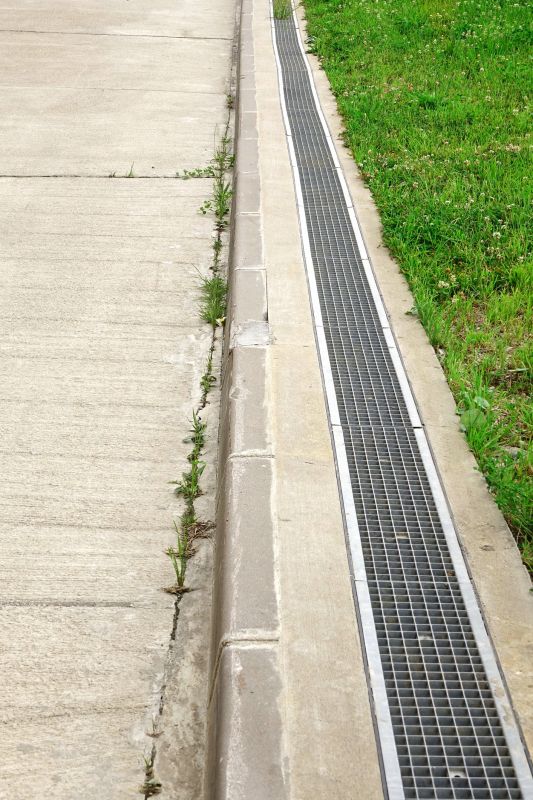
Completed driveway with integrated drainage solution.
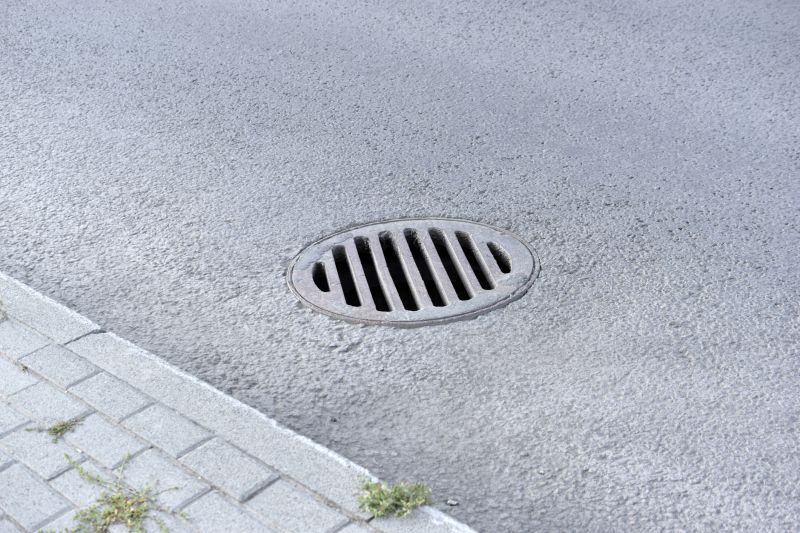
Ways to make Driveway Drain Installations work in tight or awkward layouts.

Popular materials for Driveway Drain Installations and why they hold up over time.
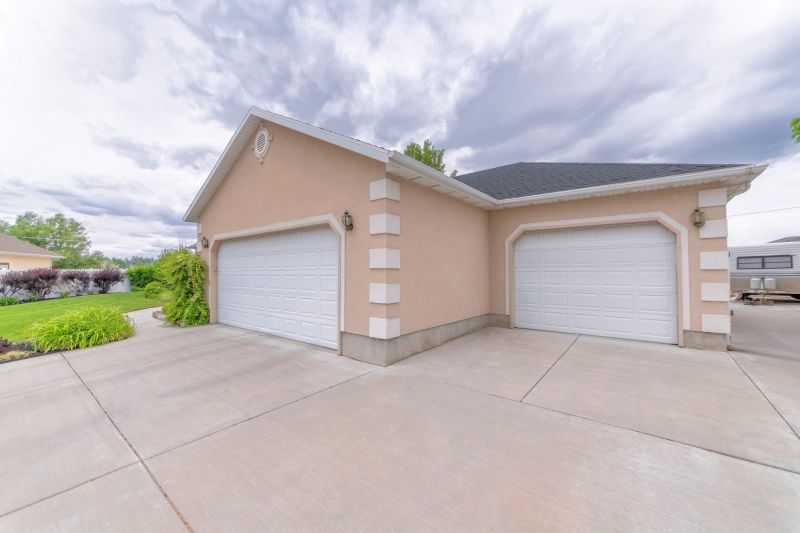
Simple add-ons that improve Driveway Drain Installations without blowing the budget.
Driveway drain installations are critical for managing surface water runoff and preventing erosion or pooling. Properly installed drainage systems extend the lifespan of driveways by reducing water-related damage. Statistics indicate that effective drainage can decrease maintenance costs and improve safety by minimizing slippery surfaces.
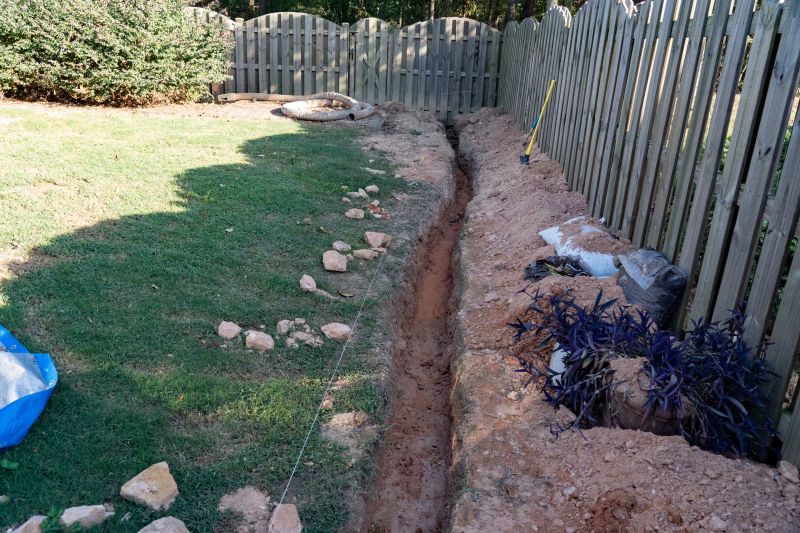
Installation of a trench drain along a driveway edge.

Preparation phase with trench digging and pipe placement.

Protective grate covering the drainage opening.

Finalized installation with seamless integration into driveway.
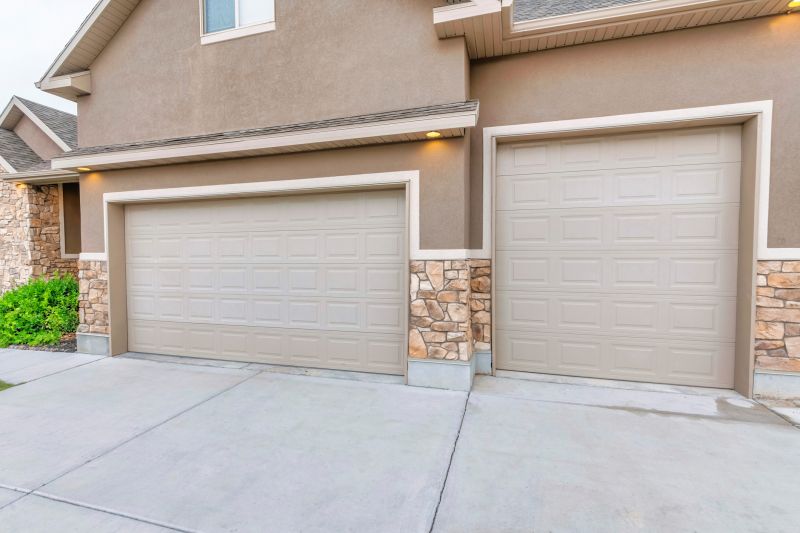
High-end options that actually feel worth it for Driveway Drain Installations.
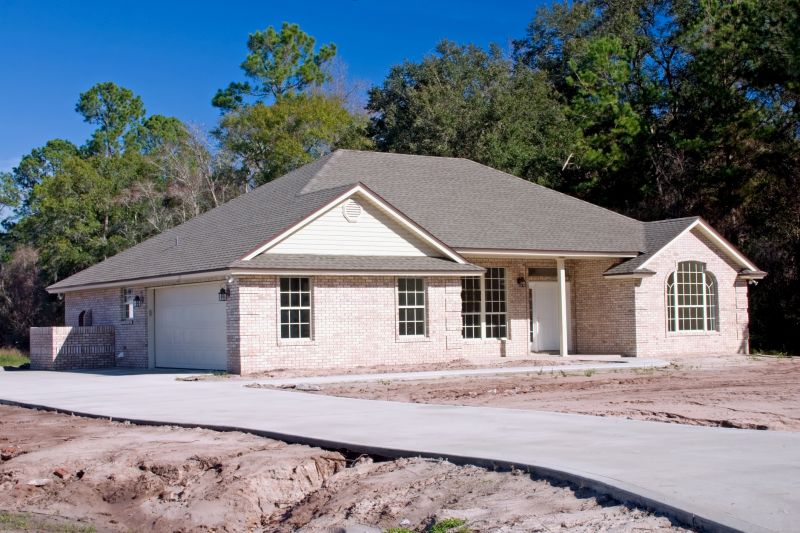
Finishes and colors that play nicely with Driveway Drain Installations.

Little measurements that prevent headaches on Driveway Drain Installations day.
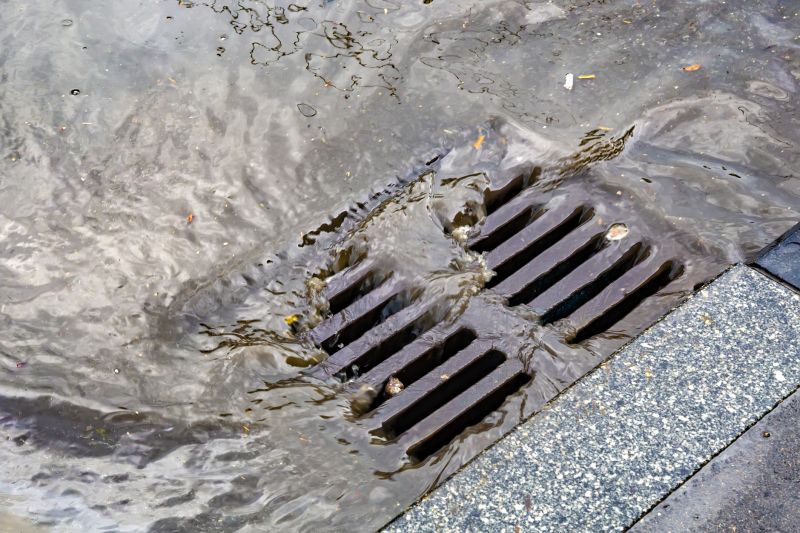
A 60-second routine that keeps Driveway Drain Installations looking new.

A frequent mistake in Driveway Drain Installations and how to dodge it.
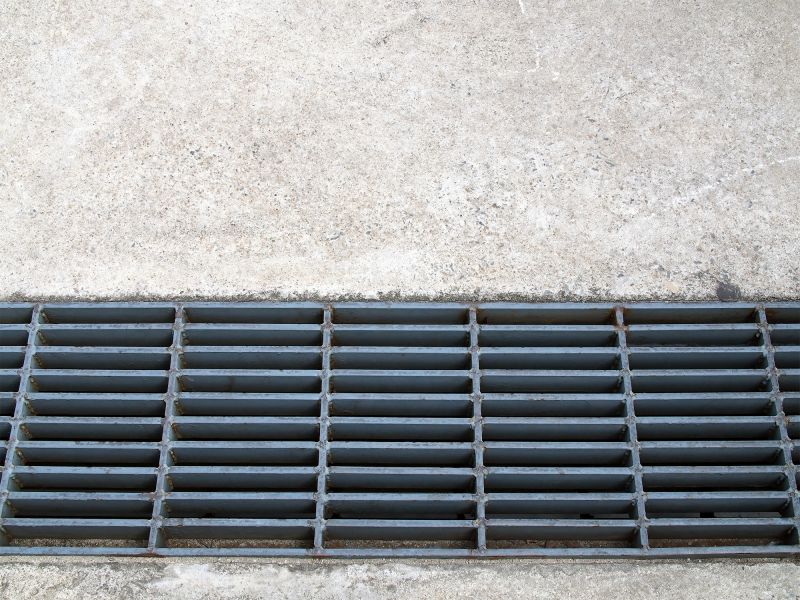
Small tweaks to make Driveway Drain Installations safer and easier to use.
| Aspect | Details |
|---|---|
| Ideal Installation Seasons | Spring and fall are preferred for moderate weather conditions. |
| Weather Risks | Heavy rain or freezing temperatures can hinder installation. |
| Soil Conditions | Dry, stable soil ensures proper settling and durability. |
| Climate Considerations | Regions with mild winters benefit from fall or spring projects. |
| Project Duration | Optimal timing can reduce delays and rework. |
| Material Curing | Temperature and moisture influence curing times. |
| Long-term Performance | Proper timing enhances drainage system longevity. |
Selecting the appropriate time for driveway drain installation enhances system effectiveness and durability. Proper planning, considering local climate and weather patterns, ensures the installation process proceeds smoothly. Interested parties are encouraged to contact for further information or to schedule an installation.
